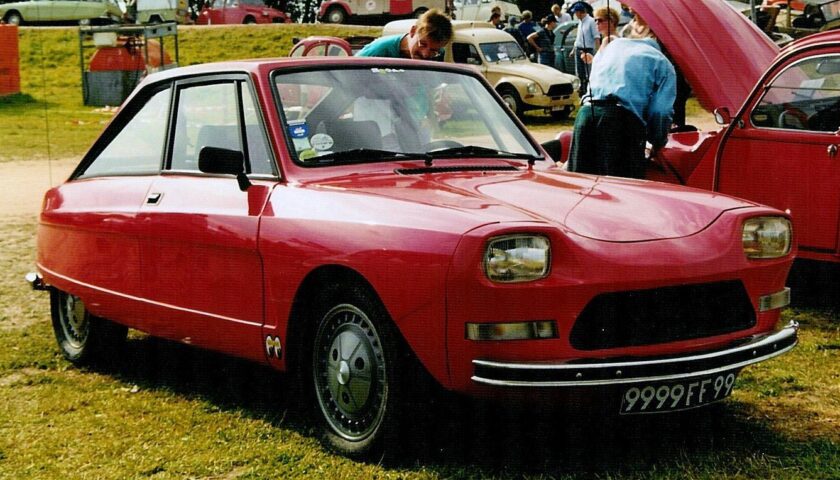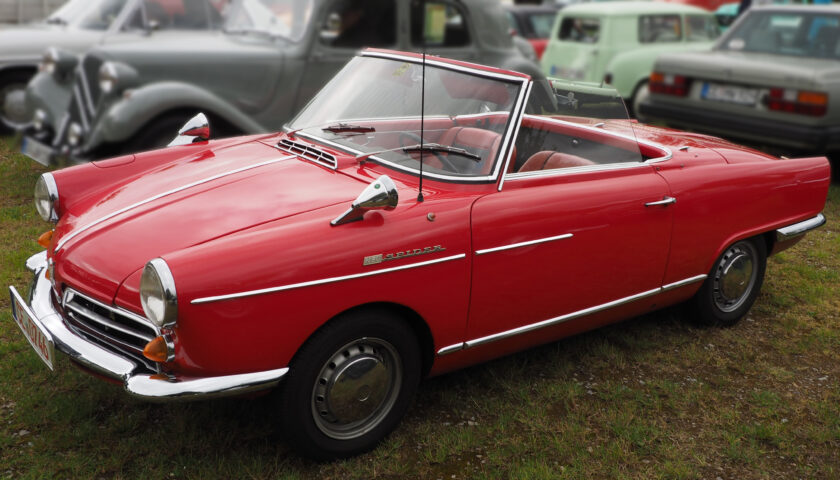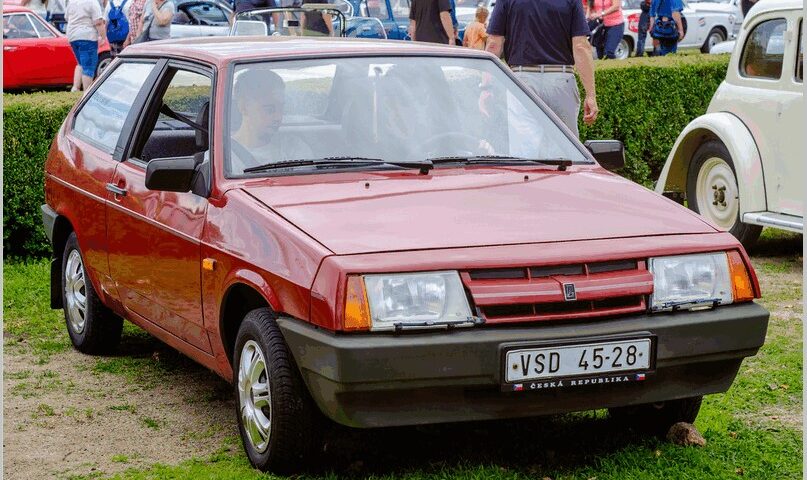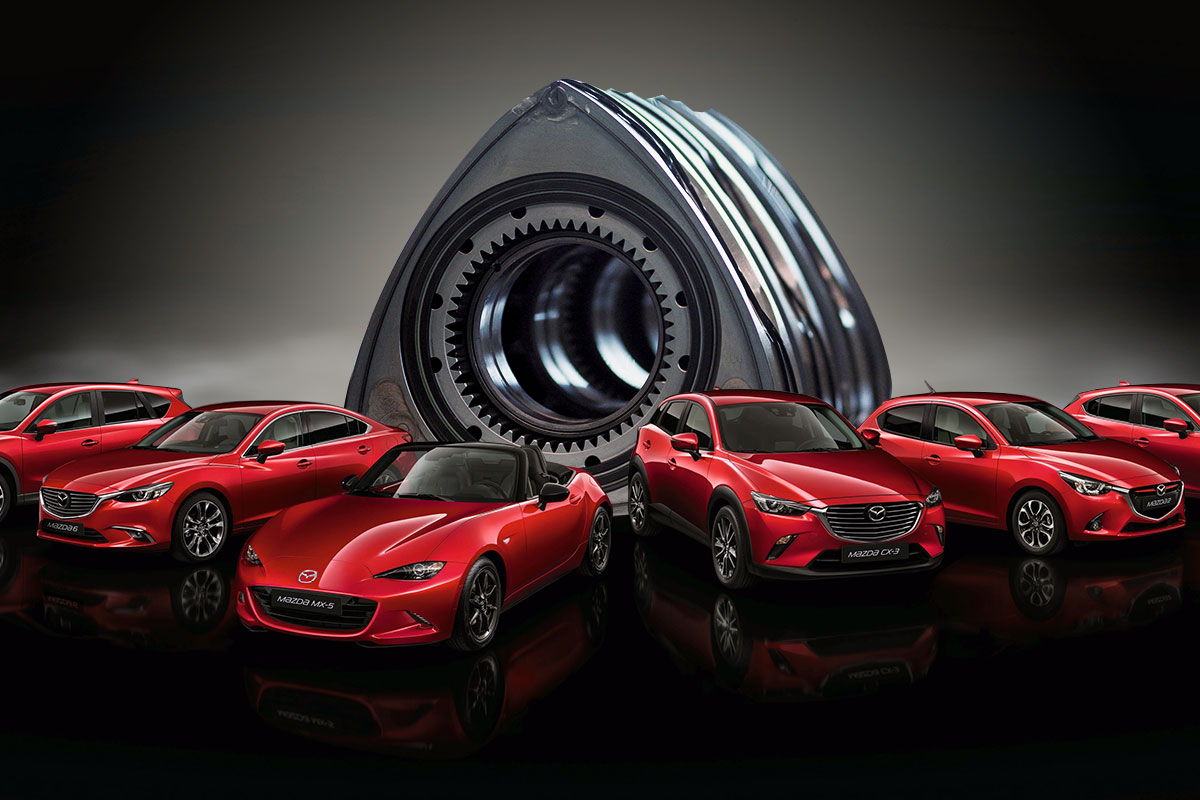Even though the Japanese brand went all in on the Wankel engine, it wasn’t the only one to do so. Other car companies have also played around with the idea of a rotary engine.
Mazda has been the word most people think of when they think of cars with rotary engines for a long time. Mazda’s commitment to the Wankel rotary engine has left a lasting mark on the world of cars, from the quick RX-7 to the famous RX-8. But the world of rotary power isn’t just limited to Mazda. Other car companies have also tried to use the Wankel engine’s unique strengths in the past.
The German engineer Felix Wankel came up with the Wankel engine in the 1950s. At its core, it is different from the standard design of an internal combustion engine. In place of pistons and reciprocating motion, the Wankel engine uses a clever rotating design with a spinning triangular rotor inside an oval-shaped chamber to make power. This system has a number of benefits, such as more power, smoother operation with fewer moving parts, and the possibility of being smaller and easier to ship.
The Wankel engine does have some good points, but it also has its own problems. Because of how it is made, it has been attacked in the past for using more fuel and oil, which can lead to worries about pollution. Engineers have also had trouble keeping the seals tight and keeping the rotors from wearing out. Even with all of these problems, automakers other than Mazda have taken on the task of improving the Wankel engine for their own cars.
The Citron M35

In the 1970s, Citroen also tried to make a car with a rotary engine. They did this by making the M35, a two-door coupe based on the Ami 8. Citroen is known for coming up with innovations like front-wheel drive, hydropneumatic suspension, and unit-body construction, so it made sense for the company to add another new idea to its range.
The M35 had Citroen’s hydropneumatic suspension and a 0.5-liter single-rotor engine that made 49 horsepower and went from 0 to 60 mph in 19 seconds. The model was a test for Citroen to see if a car powered by a rotary engine would work. Only a small number of long-time Citroen customers were asked for their views.
Spider NSU Wankel

The Wankel Spider is a two-door cabriolet-style roadster that was made by NSU Motorenwerke AG in 1963. Its body came from a Sport Prinz coupé.
The NSU Wankel Spider was the first production car to have a rotary engine. It was shown for the first time at the Frankfurt Auto Show in 1963. Back when most cars had inlines, V-8s, and V-6s. NSU took a risk by giving their car a single-rotor 1.0-liter Wankle engine in the back that made 50 horsepower and 58 pound-feet of torque. This made it different from everything else on the market. Even though it was a big step forward in technology, the Wankel Spider never caught on. It only sold 2,375 pieces before it was taken off the market.
The Lada Samara AutoVAZ 2108

The VAZ 2108 Lada Samara, also called the Lada Sputnik, was a cheap car made by the Soviet government company Avtovaz. It was also called the Lada Samara. The Lada was made to be a reliable everyday car that the average European could buy. It was also made to be a cheap alternative to cars from the West.
The Samara was a rare form of the Lada that had three doors and a 0.645-liter twin-rotor Wankel engine. Because the model wasn’t very reliable, it was only sold in Russia. Because it was cheap and could go as fast as 124 mph, police and other government agencies usually bought it to use as a chase vehicle.
GS Birotor Citroen

After the test drive of the M35 went well, Citroen chose to put a rotary engine in a mass-produced model. The type they chose was the GS, a family car with four or five doors that had already sold about 2.5 million units and won the European Car of the Year award in 1971.
The GS had some of the most innovative and high-tech features of its time, like a self-leveling suspension and fully independent hydro-pneumatic brakes. This made it the perfect car to show off a new and exciting engine.





